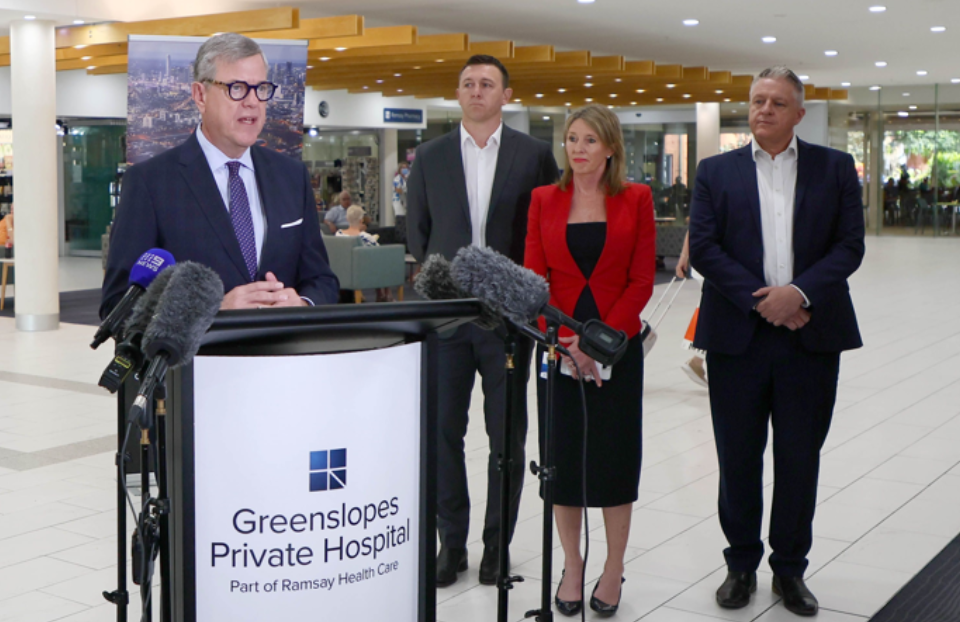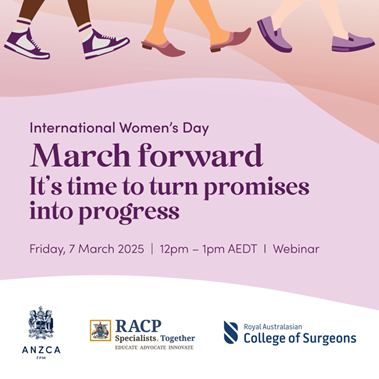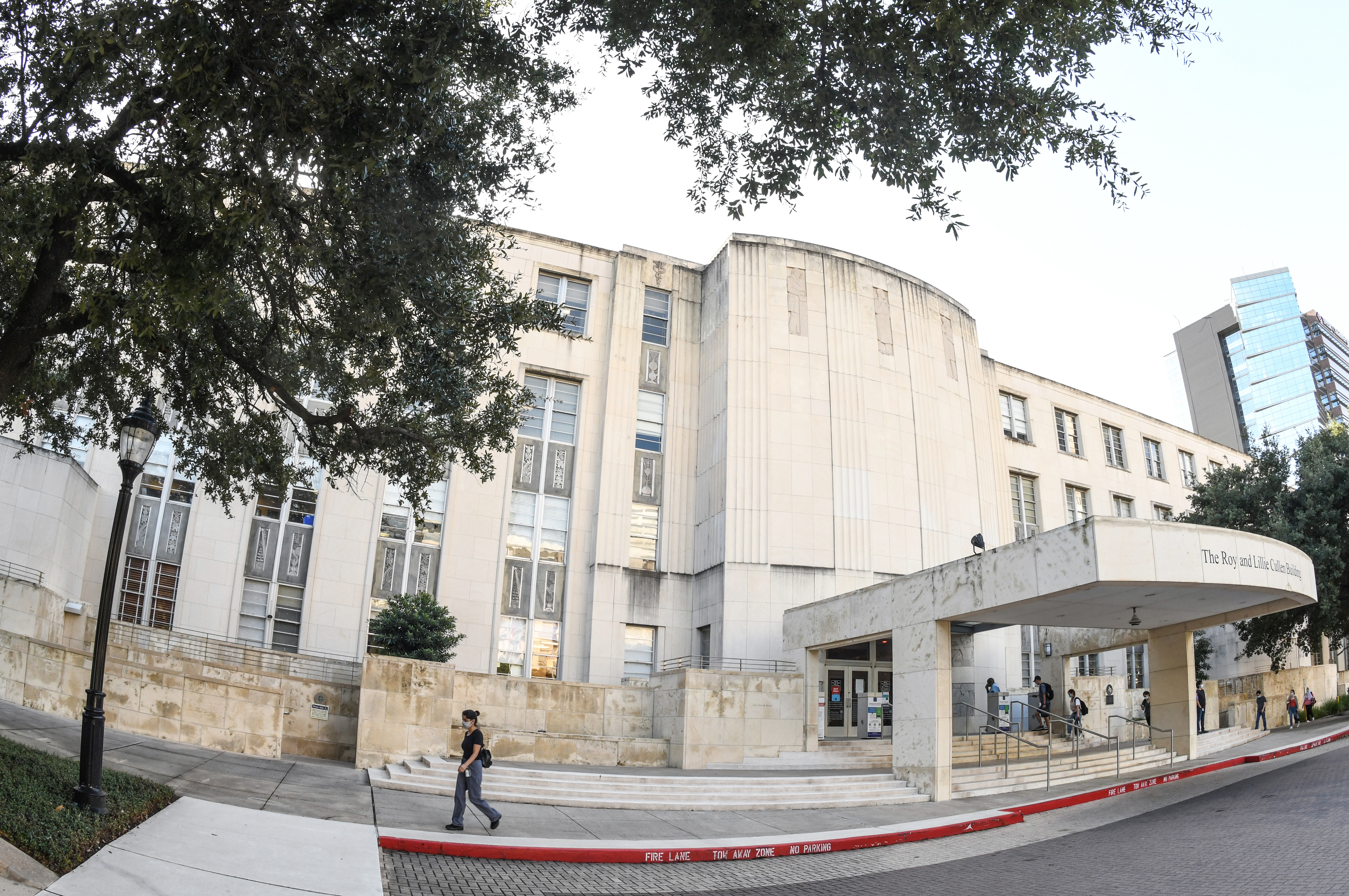Groundbreaking report reveals public sector workers are the pillars of South Coast economies
Public sector wages disproportionately supported regional NSW economies during the prolonged crises of Black Summer bushfires and COVID-19, according to a new University of Wollongong report which for the first time has measured the economic contribution at a local government level.
The report, commissioned by the South Coast Labour Council, measured the annual contribution of public sector income to the Gross Regional Product (GRP) of Bega Valley, Eurobodalla, Snowy Monaro, Queanbeyan-Palerang, Shoalhaven, Wingecarribee, Kiama, Shellharbour, and Wollongong between 2015/16 to 2020/21.
“This is the most granular we have ever seen the impact of the public sector measured,” said the report author, Associate Professor Martin O’Brien. “This is the first time we’ve looked at it at an LGA level, and the data shows secure public sector employment doesn’t just benefit the worker, it actually flows through to the whole community.”
The report found not only was public sector employment a greater proportion of the labour market in the nine LGAs, during the extended crises of the bushfires and COVID-19 the public services contribution to the regional economy also grew.
“We know public sector workers spend 80% of their wage in their community – when you’re in a tourist town hit with the double whammy of bushfires and then a global pandemic the customer who is a local teacher, nurse, fiery or Service NSW worker becomes your lifeline,” said South Coast Labour Council Secretary, Arthur Rorris.
“Public sector employees work, live, and spend all year round. This report demonstrates, during prolonged crises such as bushfires and COVID-19 their paychecks actually provide stimulus to their communities.”
Overall public sector employment makes up 13.36% of the Greater Sydney labour market and 15.37% of the Australian labour market, but this study shows that in regional labour markets it is much higher. In Queanbeyan-Palerang, for example, these workers account for almost a third of the entire labour market.
The economic contribution of the public sector’s footprint in the regions grew between 2015/16 to 2020/21, with the greatest being in impact in Queanbeyan surging 4.5%. In comparison Greater Sydney recorded 0.8% growth over the same period.
The report found public sector wages provide a solid economic base during annual fluctuations, such as seasonal tourism or agriculture, and during crises this impact is amplified. Ultimately the report says the contribution public sector income makes to the GRP could have been higher and provided greater stimulus had the NSW government not frozen public sector wages.
Henry Rajendra, Deputy President of the NSW Teachers Federation said: “Unless the Government takes note of this impact on regional economies and removes the straight jacket from teacher and public sector salaries we will see two things occur. First, the projected teacher shortage will increase far more steeply than expected and second, regional economies such as the Illawarra will pay the price of constraints on growth, skills formation and quality of education for our children.”
Troy Wright, the Assistant Secretary of the Public Service Association of NSW added: “A modest 2.5% pay increase would have likely been significantly amplified across the regions. Instead the government chose the path of austerity which hurt all workers, not just the ones with the frozen wages”.








